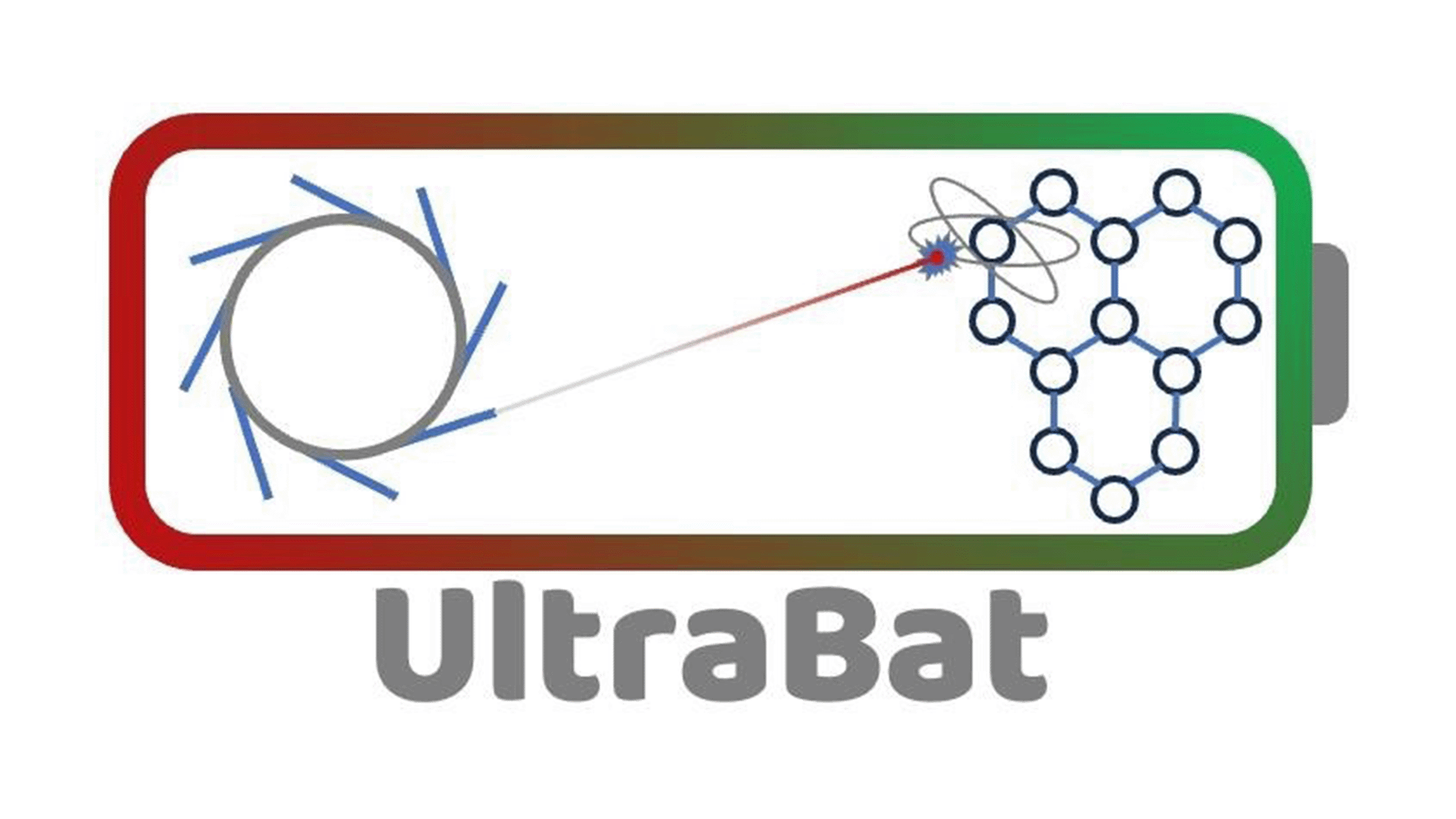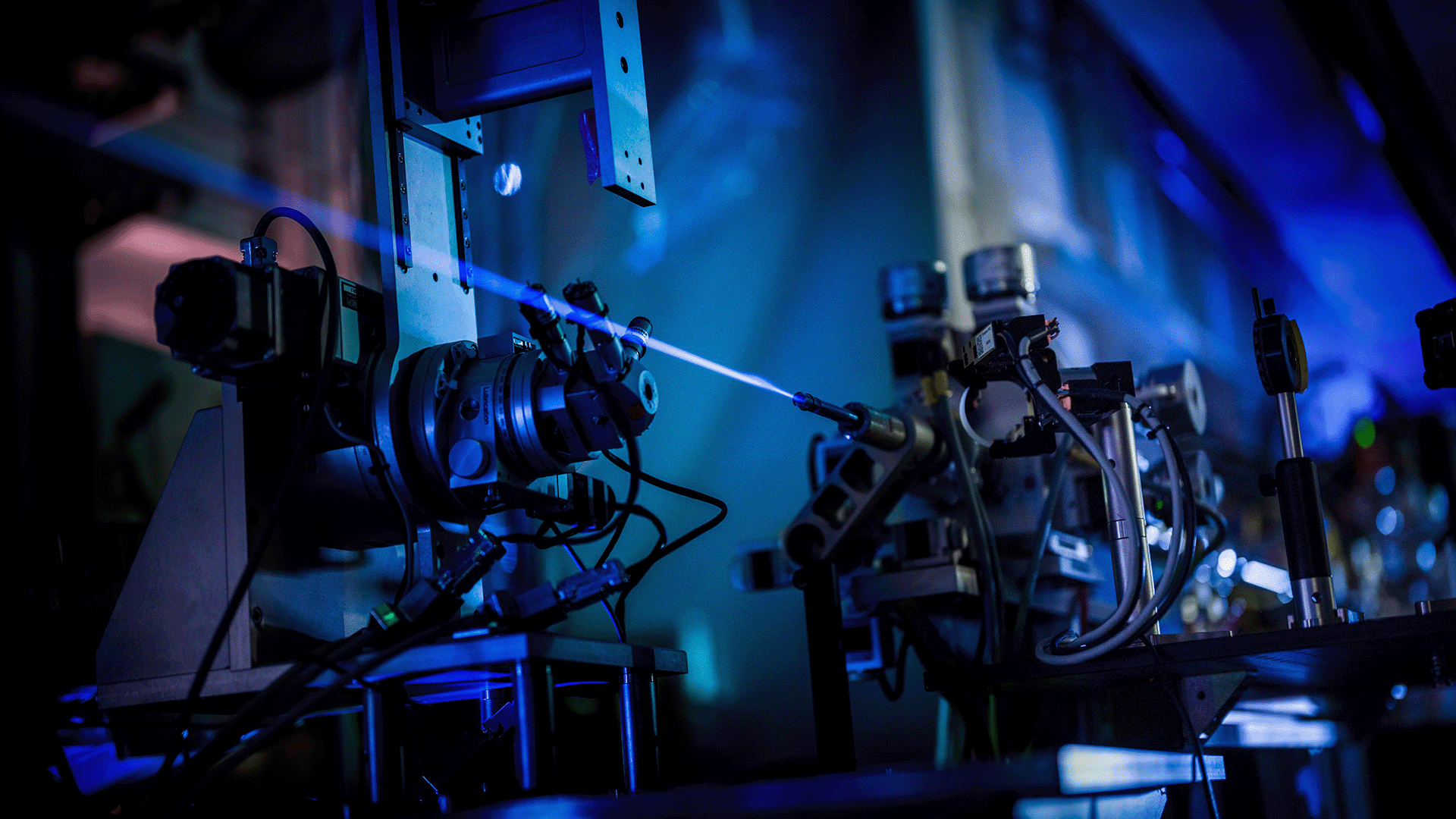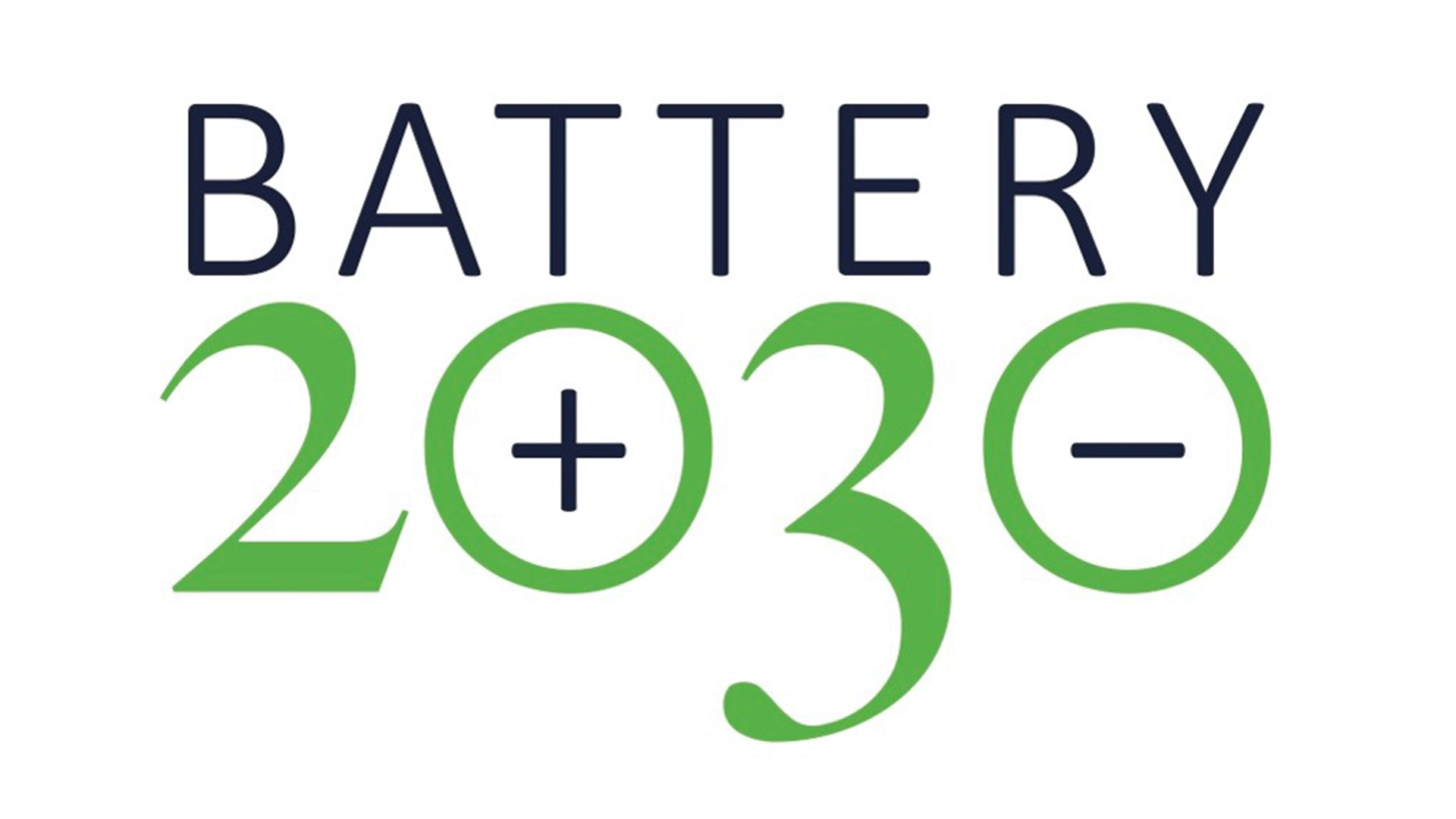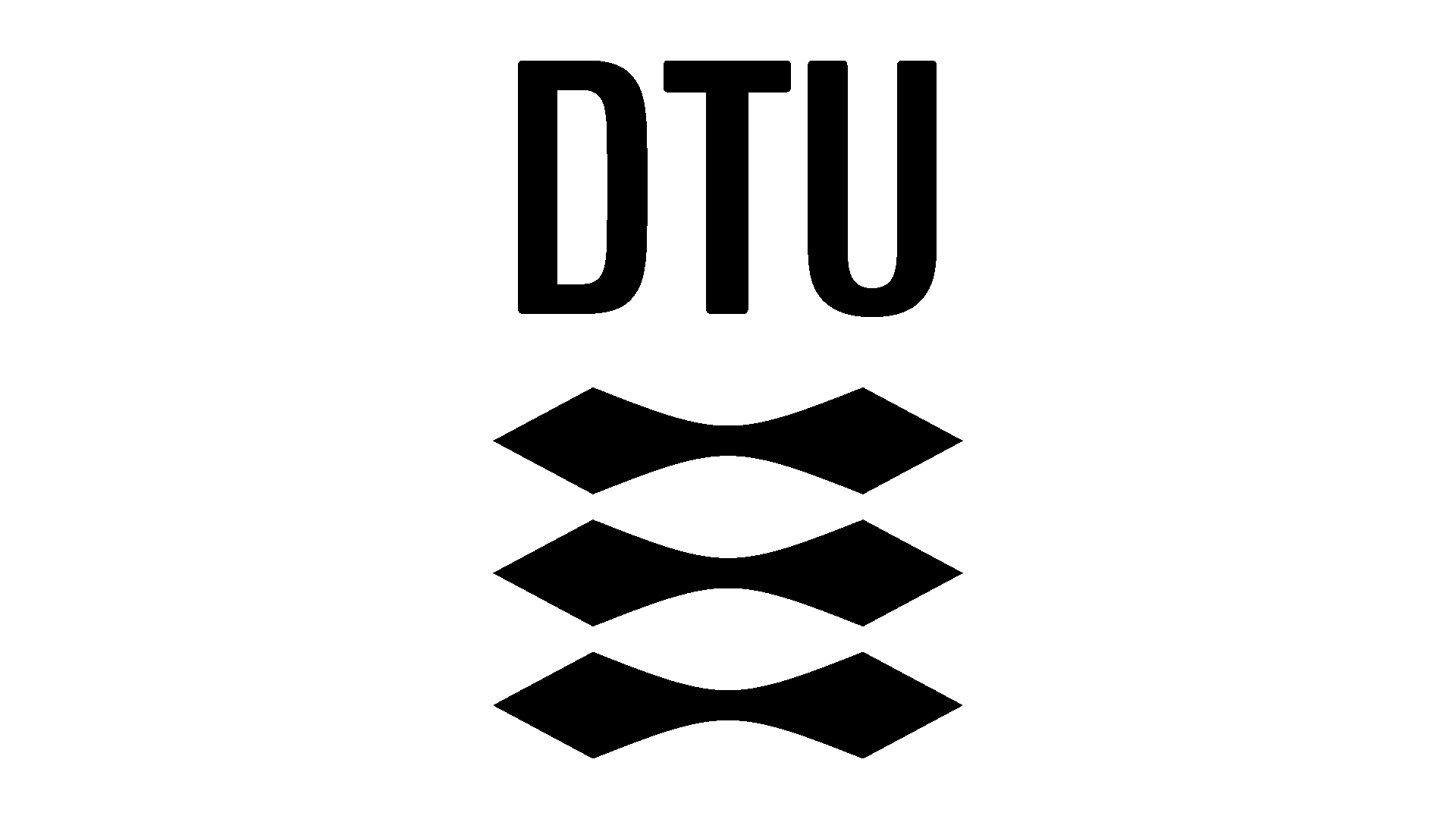Background
Despite decades of research, a persistent fundamental knowledge gap prevents batteries from fulfilling their potential, because the atomistic mechanisms of charge and ion transfer across interfaces in batteries remain largely unexplored by experimental techniques.
When charges move, the local arrangement of atoms changes in response to the new electronic configuration. How these changes occur has a significant impact on how efficiently and how far the charges can move, yet the time and length scales are still poorly understood.
Conventional experimental probes used in battery research cannot provide the needed ultrafast time and atomic length scale resolution, nor sensitivity to changes in electronic configuration around specific atomic species. Hence, it is currently challenging to unravel the dynamic rearrangement of atoms and ions which accompany electron transfer, and in turn govern the charge transfer processes.







